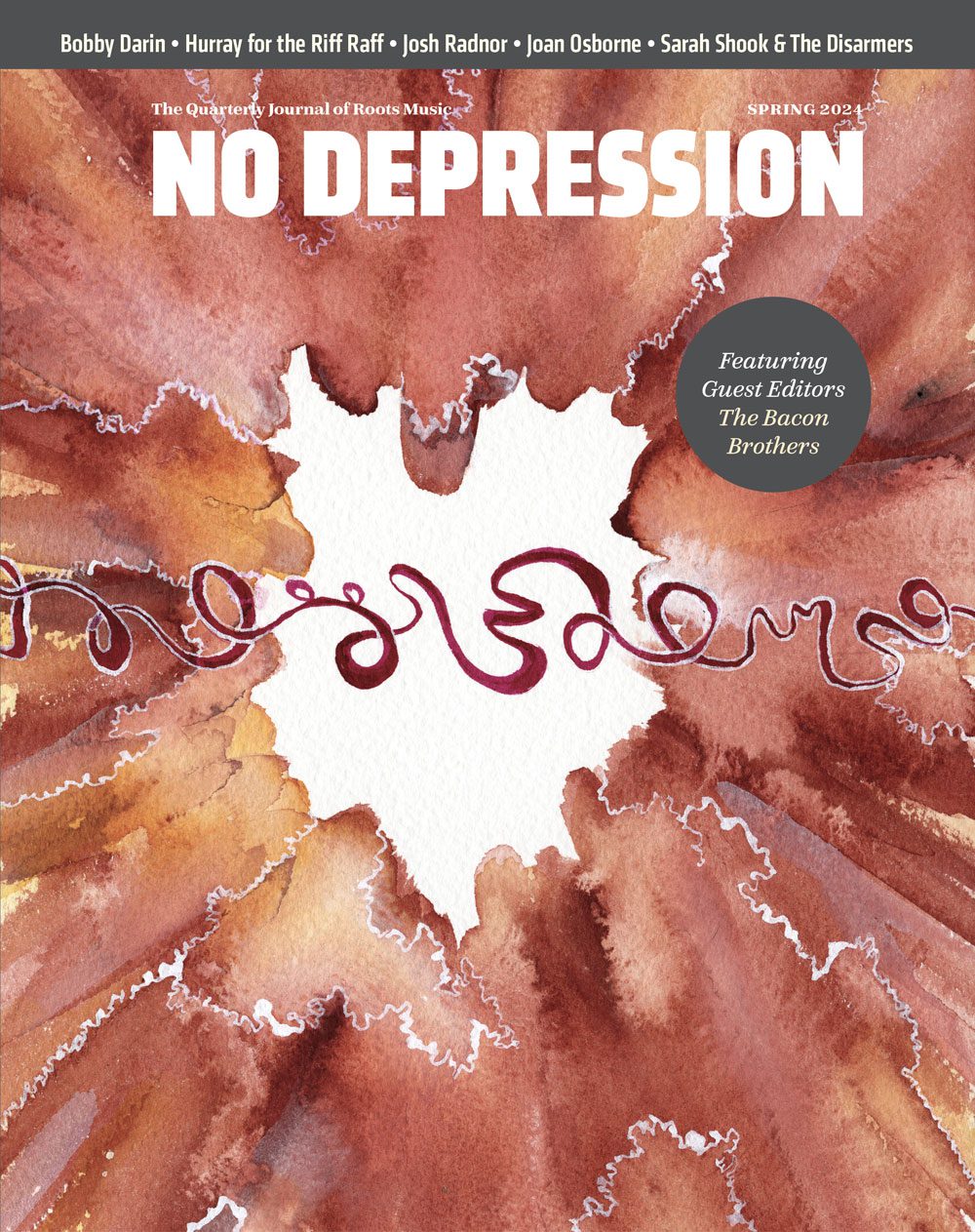What the deal is with the guitar
Easy Ed’s post about the dulcimer the other day got me thinking about what makes an instrument so appealing. And then Saturday marked the 40th anniversary of Jimi Hendrix’s death, which inspired me to spend the afternoon listening to all the Hendrix I could muster.
I got thinking about my odd relationship with the guitar, and thought I’d share a story.
When I was a child, my mother was in some sort of social folk music group called Pick ‘n’ Sing. She wasn’t a musician, as far as I knew. Sure, there was a piano in the house, and my siblings and I all had to learn how to play it, but I’d heard my mom try to carry a tune. I didn’t quite get what she was doing with a folk music group every week. What matters, though, is that my mother’s involvement in Pick ‘n’ Sing resulted in the presence of a guitar in the house.
For years, guitar seemed like an itinerant, impermanent, heathen sort of an instrument. Unlike the piano, which was a fixture. A solid, unmovable item which lived in the house, and in whatever room was so blessed with a piano’s presence.
Piano was my first instrument, at maybe four or five years old. I grew up experiencing music through the piano. Due to the instrument’s immobility, my relationship with music was one which filled rooms. You couldn’t make music – to my child mind – without happening upon a room which had been predetermined by a piano-purchaser as the “music room.” The opportunity to make music was one bestowed upon a musician.
Guitar, on the other hand, could be taken anywhere. It was a self-empowered instrument intended to demystify music, to make it more accessible and personalized and available to anyone and everyone. I hated it.
That I eventually moved over to the flute as my chief instrument, at age 12, is notable, but only for the sake of my own amusement. I guess, for the context of this story, we can look at flute as my first step away from the permanence and fixture-ish-ness of classical music, toward guitar.
I don’t know how or when or where my brother learned guitar chords, but I distinctly recall sitting on the couch toward the second half of high school as he showed me how to play a C and G chord. I quickly made up a song about those two chords, using both, and that, you could say, was the beginning of the end of my classical music training. Nonetheless, I continued my pursuit of a collegiate music career, focusing hard on my audition pieces on piano (a Debussy suite) and flute (a Mozart concerto). I was very serious about the whole thing.
Fast-forward.
A friend called me up and asked me to be in a band with him, just for this battle of the bands competition to which he’d been invited. Sure, why not. I played the flute, wrote the songs, sang, and shook a jar full of quarters to make up for percussion. He played guitar and sang. We won the contest. What the hell.
And so I abandoned classical music, and started playing in bars and coffee houses, getting told I was a folksinger. When the band broke up 18 months later, and I was set to go to Buffalo for school, my bandmate sat me down with a guitar, until I understood power chords. He also taught me A, Am, F, D, Cm, and firmed my grasp of G and C.
Seven chords, and a fair-to-middlin’ strum, a lifetime of music theory, and a head full of words and melodies. I moved away and started life as a solo singer-songwriter.
I’m getting away from my point here. Somewhere between sitting on the couch and learning C and G on the guitar, and being sent away to Buffalo with my $150 Alvarez acoustic and those seven chords, I had packed into my brain everything from Donita Sparks and Suzi Gardner’s badass distortion (L7) to Ani DiFranco’s freakishly percussive whatever-she-does acoustic mayhem.
But first, I drove to Gainesville, FL, to see DiFranco play at a tiny bar. She was dressed head to toe in leather. Sara Lee (B-52s) was on bass, Andy Stochansky on drums. Seven bucks, if memory serves, and tickets were only available at a local – i.e. non-Ticketmaster-affiliated – record store. I want to say it was 1996. She opened with “Worthy,” played two sets, and forgot her guitar strap in the van when she came back for the second set. That’s most of what I remember. And then there was me watching her play guitar.
She didn’t have a guitar tech, nor a cadre of pre-tuned instruments surrounding her. My friends and I were in the very front row. I had a pretty good view, and was enthralled by the fact that she didn’t take the shortcuts on the fretboard I’d imagined when listening to her recordings. Her fingers went the long way around – fingering notes she could have probably pulled off with less precision or intention, with just a hammer-on, or a string bend, or something. That was her left hand.
The right hand was strapped in like a kid on an upside-down rollercoaster. Fake nails and electrical tape, every finger on its own counterpoint, pinky taped over entirely, occasionally thumping against the wood. Or maybe that was the thumb.
It was like watching a bearded lady juggle tigers and swallow swords all at once. How could the whole world not be abuzz with the sheer technique of it all?
As I sat down to explore that instrument, when I really dove into it, I was astounded by the musculature of the whole thing. Playing with the level of fierce intensity of someone like DiFranco was going to be wholly unlike attacking the piano – a thing you do sitting down, by the way. I started to recognize the limitations of my first instrument – that the very plight of making music happen on the ivories required a certain stillness and ignorance of distraction.
On guitar, you could wrestle the music into submission. You could quite literally get up and walk away, singing. The greatest assertion on the piano would have been tackling Rachmaninoff’s large-handed interval spreads. On guitar, you had to physically dominate the thing. Every single note was a provocation. Besides, similar to fiddle, playing guitar puts your body in an odd and unnatural position. There’s a reason people practice in front of a mirror (I’ve almost never met a guitar player who doesn’t)…so they can train away from “guitar face.” It’s an athletic instrument. Maybe that’s part of why so many critics seem to be surprised when women can play “as good as the guys.”
During my touring years, I played an Alvarez Artist Series dreadnought guitar. It was a pretty tough piece of wood.
Once night, standing outside the Raven on Ave. A in New York City (is that place still there?), I was tuning my guitar (which I’d named Martha, for Martha Graham, an early hero of mine), when the strap snapped and the guitar fell back first onto the sidewalk. It wobbled and turned, and you could hear the strings smack on the wood. But, when I picked it up, it was barely even out of tune, much less injured in any way.
Martha traveled both coasts with me – sat in the back of my car one hot summer in the Arizona desert, got rained on in New Orleans, and fed back against a number of terrible house sound systems. But it lasted a good eight years or so, before I finally caved and bought a Martin – a guitar I play to this day.
Though I’ve taken it upon myself in recent years to study the guitar with more intention, and though it’s been 13 years since I started playing it regularly, I hesitate to call myself a “guitar player.” It still feels like piano and flute are the musical equivalent of my school day, while guitar is out on the playground somewhere. Nonetheless…
There’s a keyboard in my living room now, sitting there, untouched. Occasionally its stool moves around the room, but the instrument itself just sits there. It’ll stay when I move to North Carolina. My Martin is just so much easier to carry.




